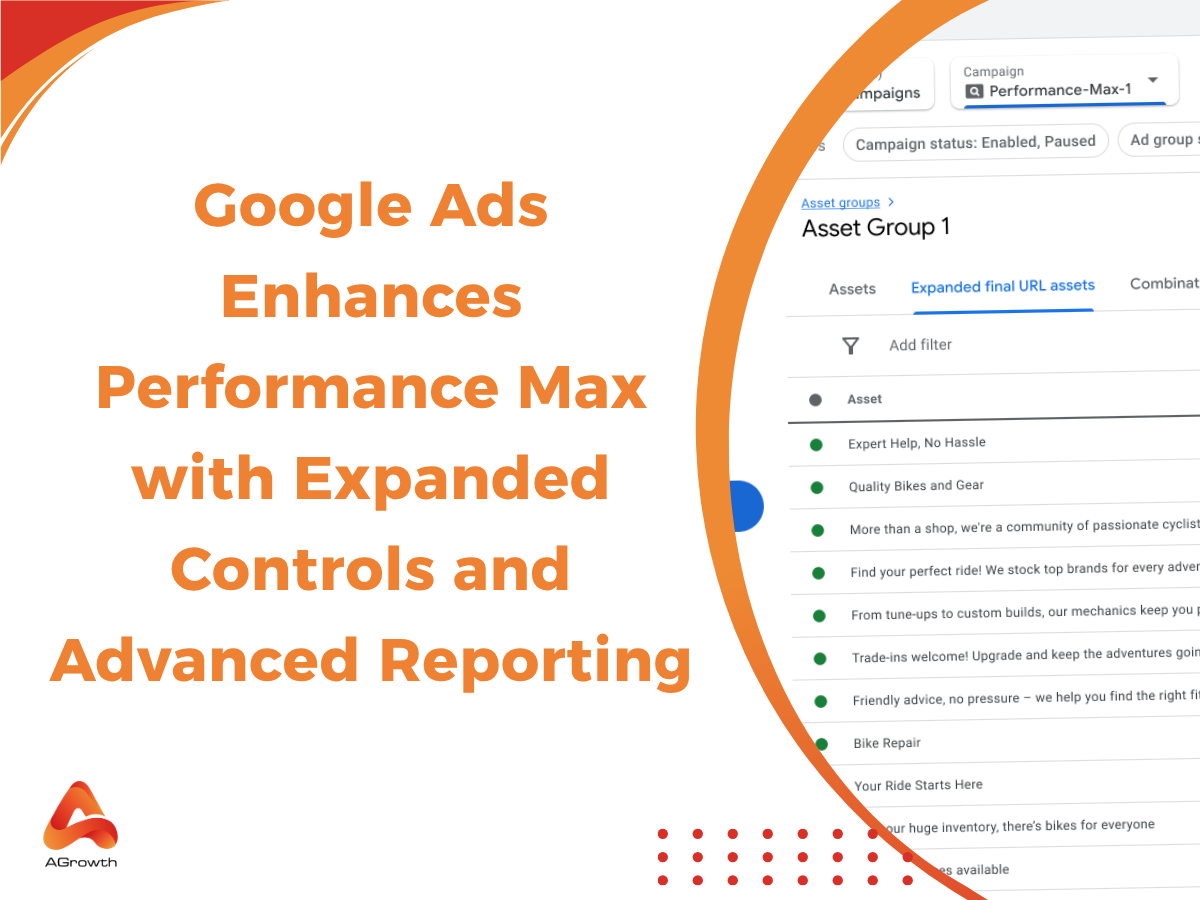
Table of Contents
Google Ads Enhances Performance Max with Expanded Controls and Advanced Reporting
Google Ads has rolled out a series of updates to Performance Max campaigns, delivering greater transparency, improved targeting options, and deeper creative insights for advertisers. These enhancements focus on refining audience control, optimizing reporting for new customer acquisition, and offering more actionable creative feedback.

Expanded Audience Targeting Capabilities
Advertisers can now leverage campaign-level negative keyword lists within Performance Max, enabling them to efficiently block unwanted queries such as “cheap” or “bargain” across multiple campaigns at once. The search themes limit per asset group has been increased from 25 to 50, allowing broader coverage and improved access to relevant traffic. In addition, device and age targeting are now fully supported, with a beta rollout for gender-based demographic targeting—empowering advertisers to fine-tune audiences by device type, age range, and gender.
Improved Reporting and Diagnostics for New Customer Acquisition
Updates to reporting remove the “Unknown” label from conversion data by using enhanced methods to determine customer status more accurately. This improvement allows advertisers to better focus their bidding strategies on attracting new customers. Google recommends updating conversion tracking tags with the latest new customer acquisition parameters to ensure precision. Advertisers also benefit from upgraded diagnostics and tailored recommendations, helping to detect and fix issues such as missing tags, broken goals, or misconfigured conversion actions that could impact performance.
Deeper Creative Reporting and Insight-Driven Recommendations
Performance Max campaigns now provide comprehensive asset-level performance metrics—covering conversions, costs, and clicks—across all campaigns. The reporting scope has been widened to include assets generated through final URL expansion, along with the option to review or remove them as needed. New creative recommendations highlight opportunities to improve image quality and optimize content for different channels. These suggestions integrate directly with Google Ads’ AI-powered image editor, enabling quick edits and refinements without leaving the platform.
With these updates, Google Ads aims to give advertisers more precise audience targeting, cleaner and more accurate customer acquisition data, and AI-driven creative guidance—ultimately empowering campaigns to achieve stronger, more measurable results.




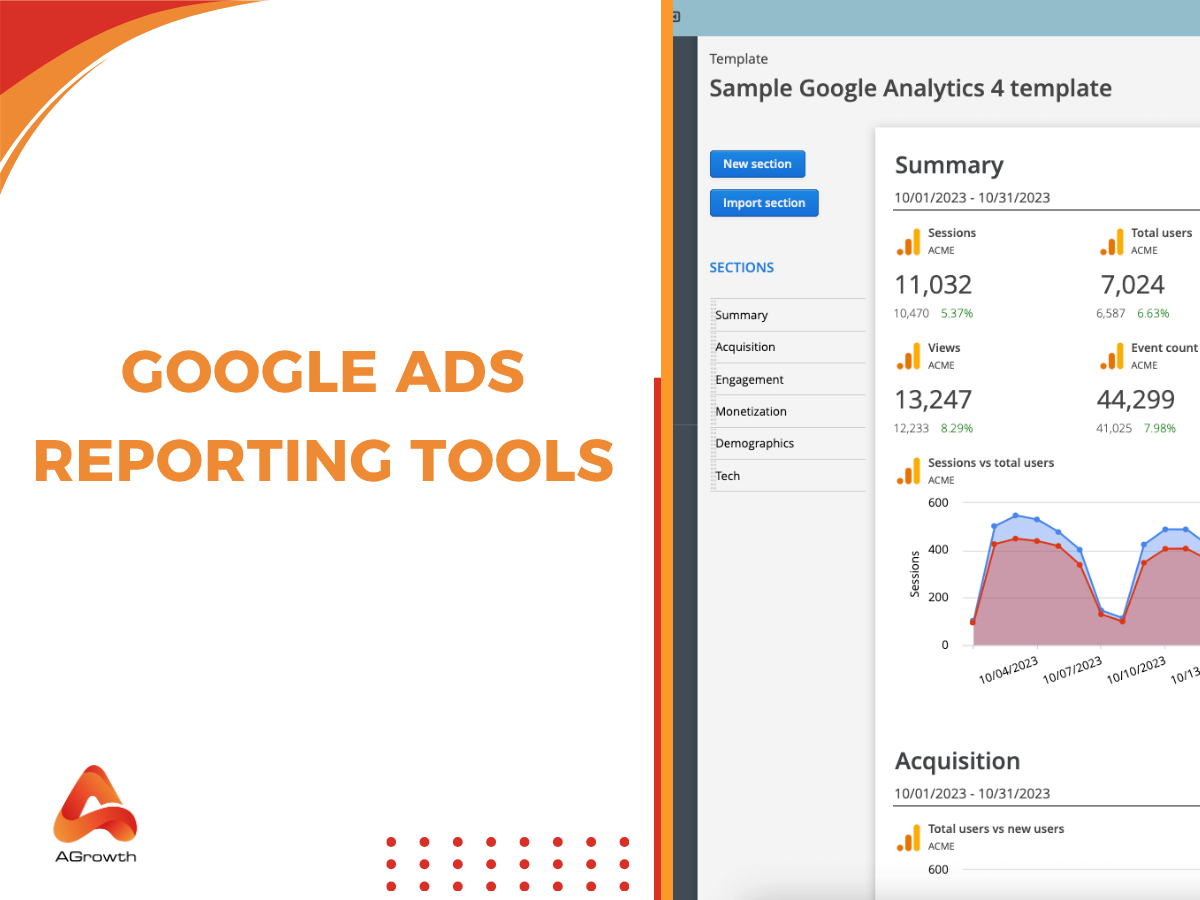
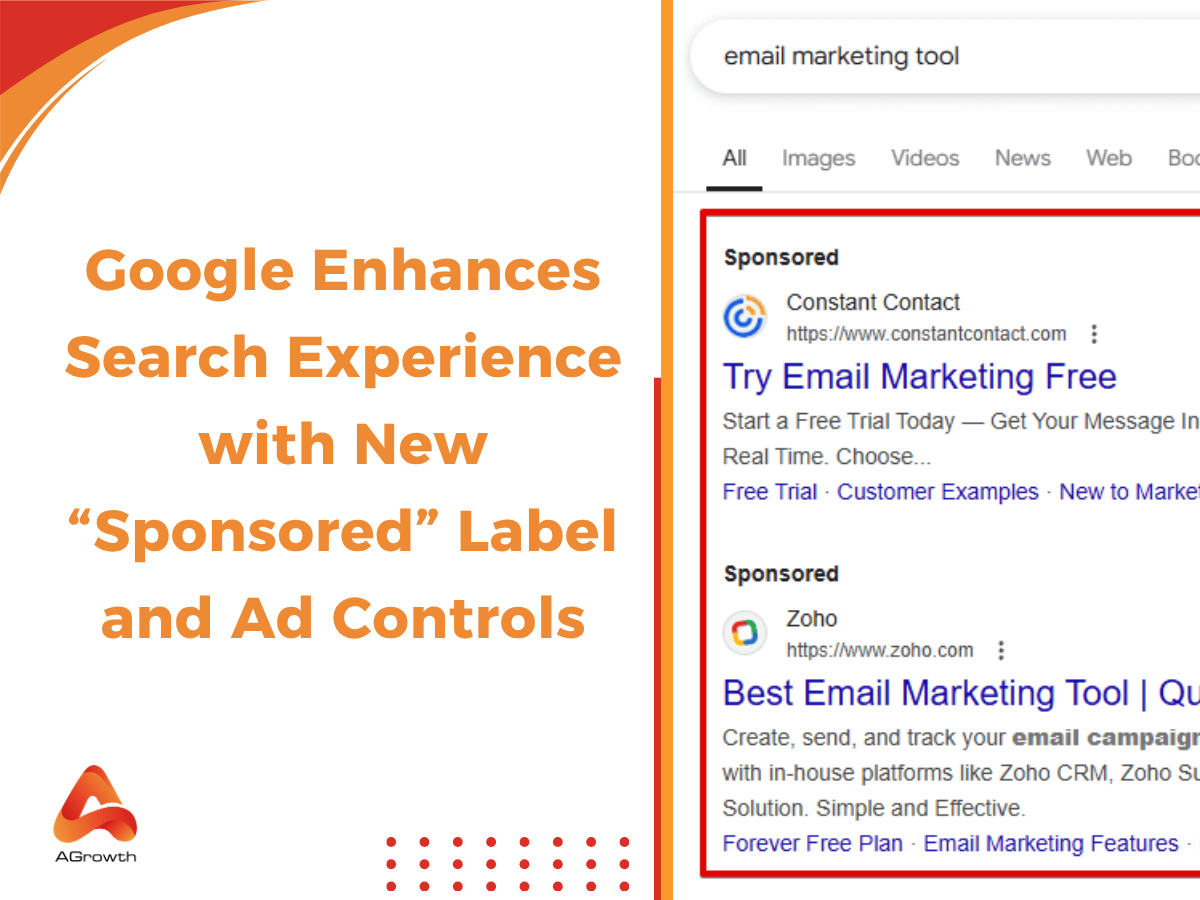
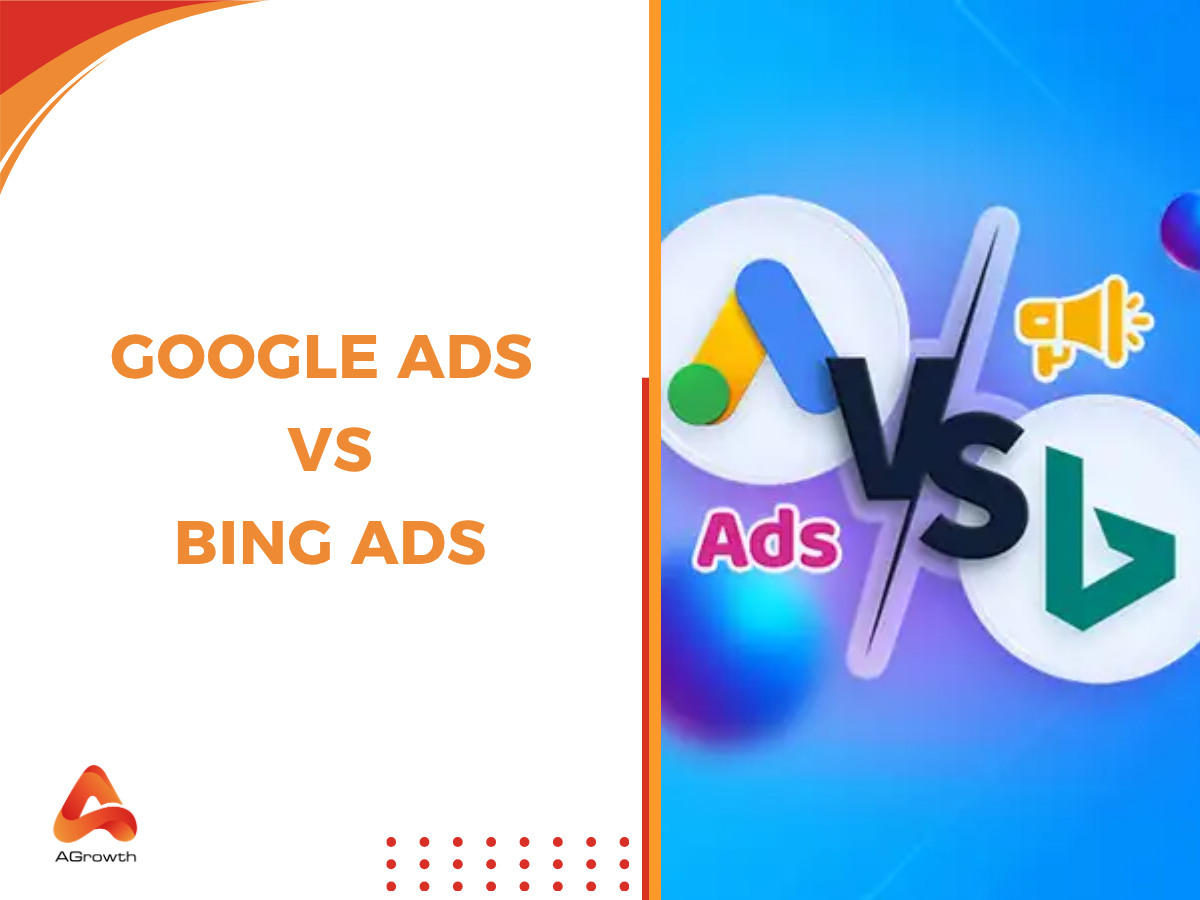
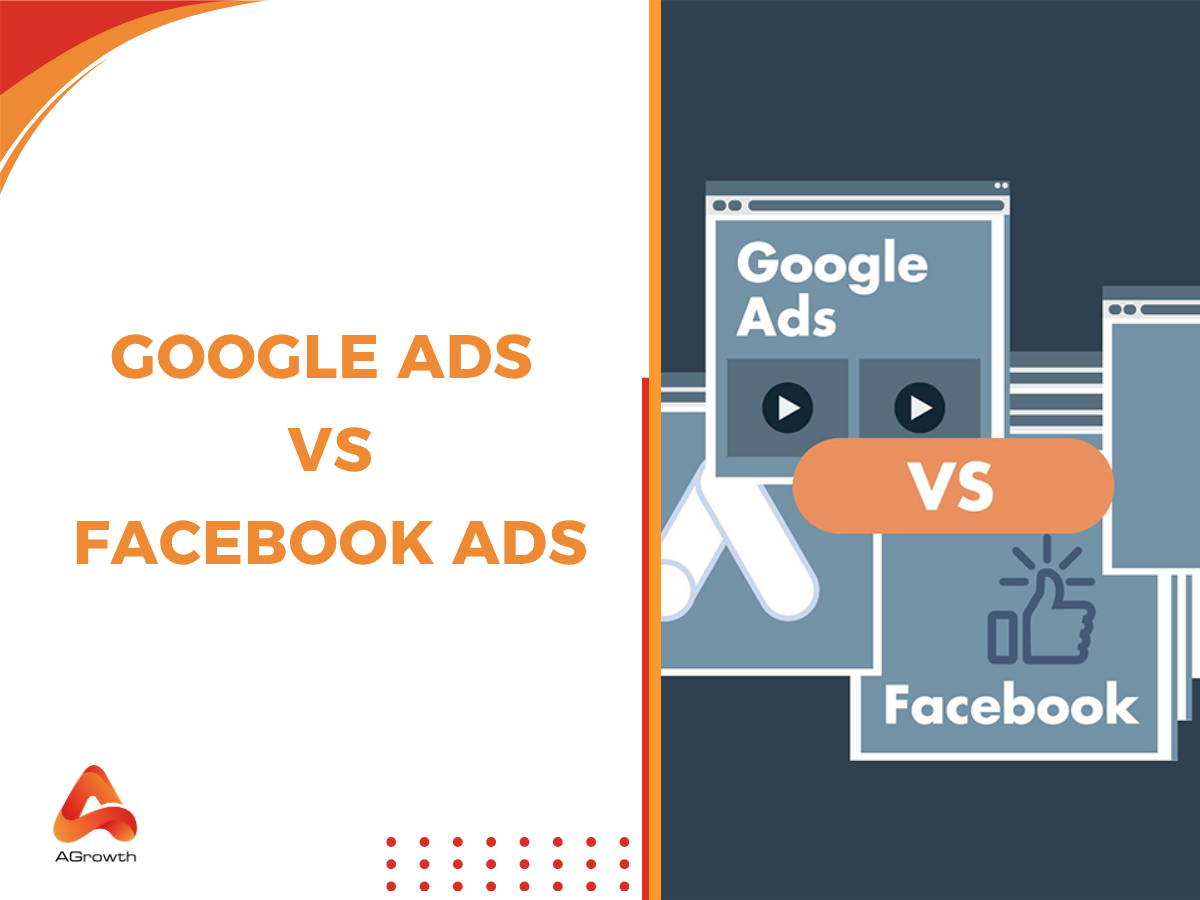
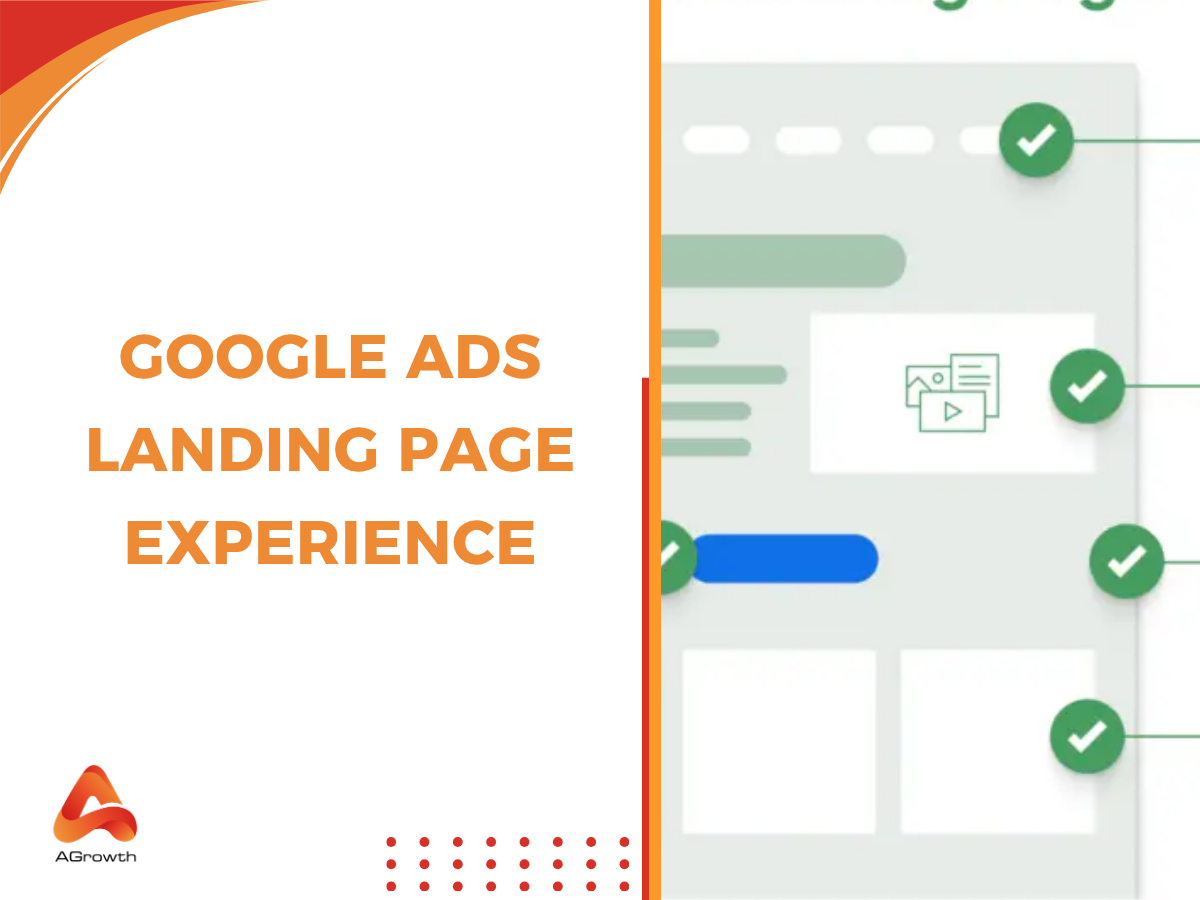
Your comment